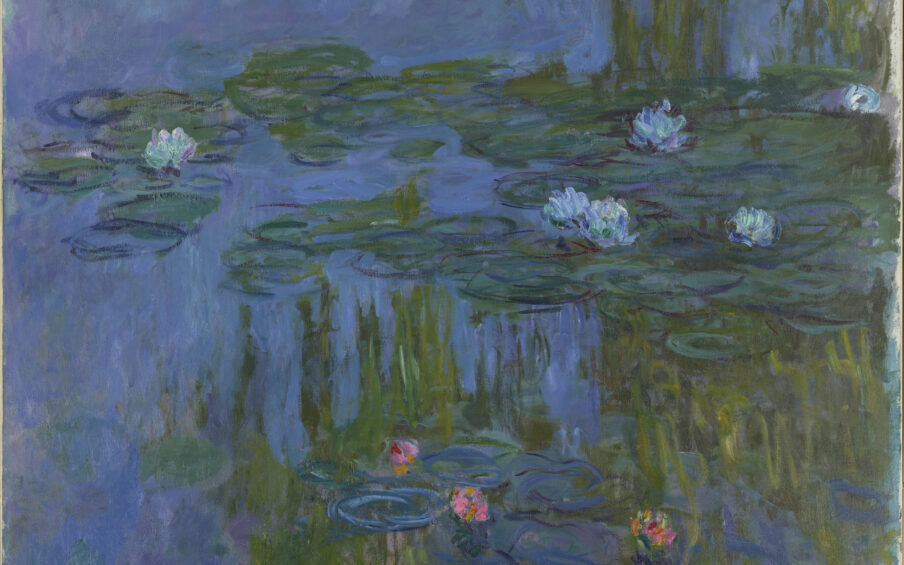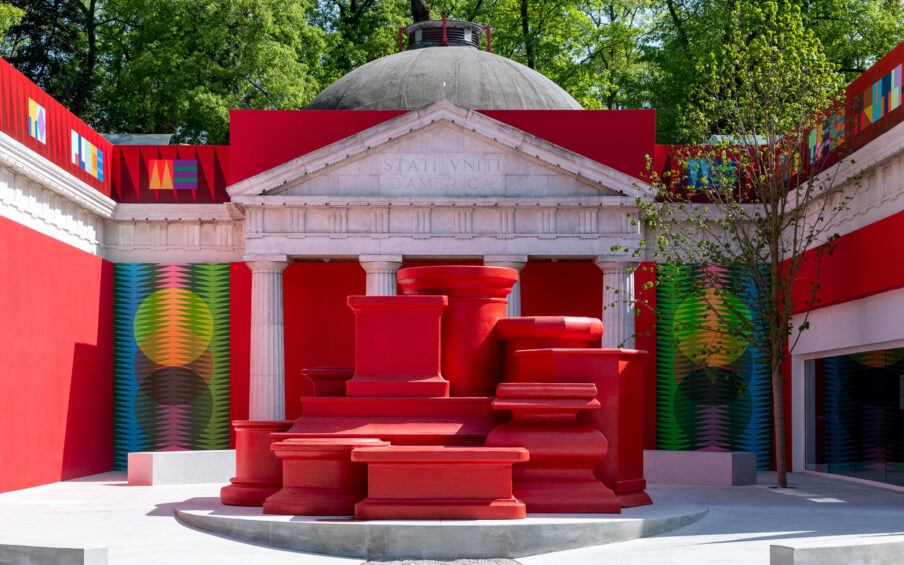When the pandemic began and the Museum first closed its doors earlier this year, our curators took to social media like never before. With galleries closed, our Daily Art Moment was launched—offering followers a daily dose of art accompanied by descriptions, quotes from artists, and other insights. While we aren’t posting quite as often anymore, be sure to follow us on Instagram and Facebook or catch up on our blog.
Top 10 Daily Art Moments
(As measured by Instagram engagement rates, starting from highest)
1.
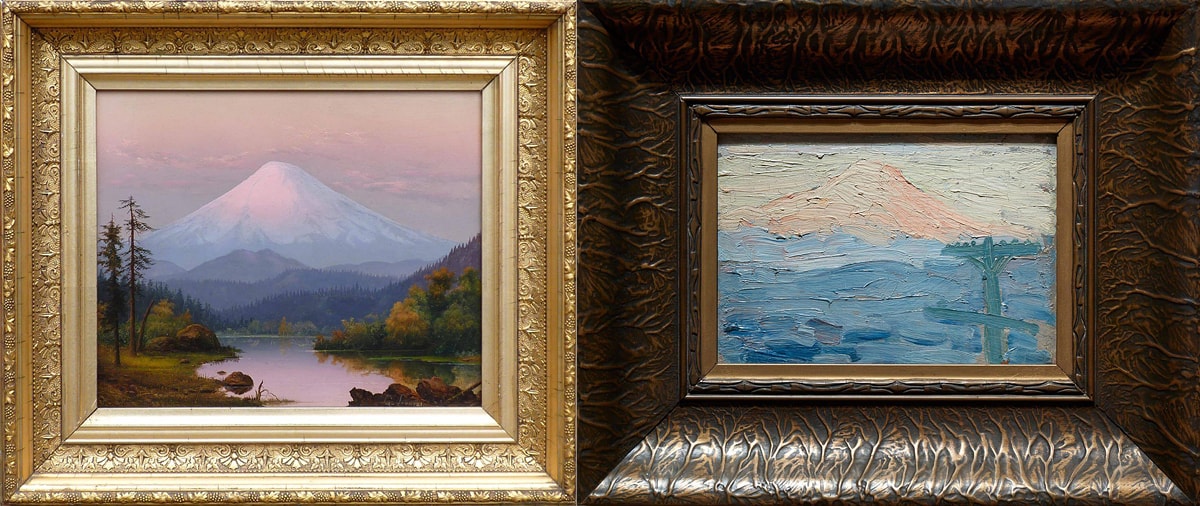
Daily Art Moment: Volcano! Mount St. Helens in Art highlighted “two distinct impressions of the volcano’s beautiful conical shape before its radical transformation on May 18, 1980…created about thirty years apart by two of Oregon’s most distinguished women artists,” wrote Dawson Carr, Ph.D., The Janet and Richard Geary Curator of European Art: Grace Russell Fountain (American, 1858–1942), Mount St. Helens, ca. 1890, Oil on board, Collection of Matt and Judy Wilder; and Clara Jane Stephens (American, born England, 1877–1952). Mount St. Helens, ca. 1920, Oil on board; Collection of Jane Knechtel. As our marvelous Volcano! exhibition draws to a close January 3, you can continue to view these paintings along with other superb works inspired by the mountain in our online exhibition.
2.

Katsushika Hokusai (Japanese, 1760–1849). Falling Mist Waterfall at Mount Kurokami in Shimotsuke Province, from the series A Tour of Waterfalls in Various Provinces, 1832/1833, Color woodblock print on paper; The Mary Andrews Ladd Collection of the Portland Art Museum, 32.441. “This is one of Katsushika Hokusai’s most extraordinary print designs,” wrote Jeannie Kenmotsu, Ph.D., now The Arlene and Harold Schnitzer Curator of Asian Art. “It was made at a time when travel was becoming increasingly accessible and landscape—especially ‘famous places’ (meisho)—were a popular subject in woodblock prints.”
3.
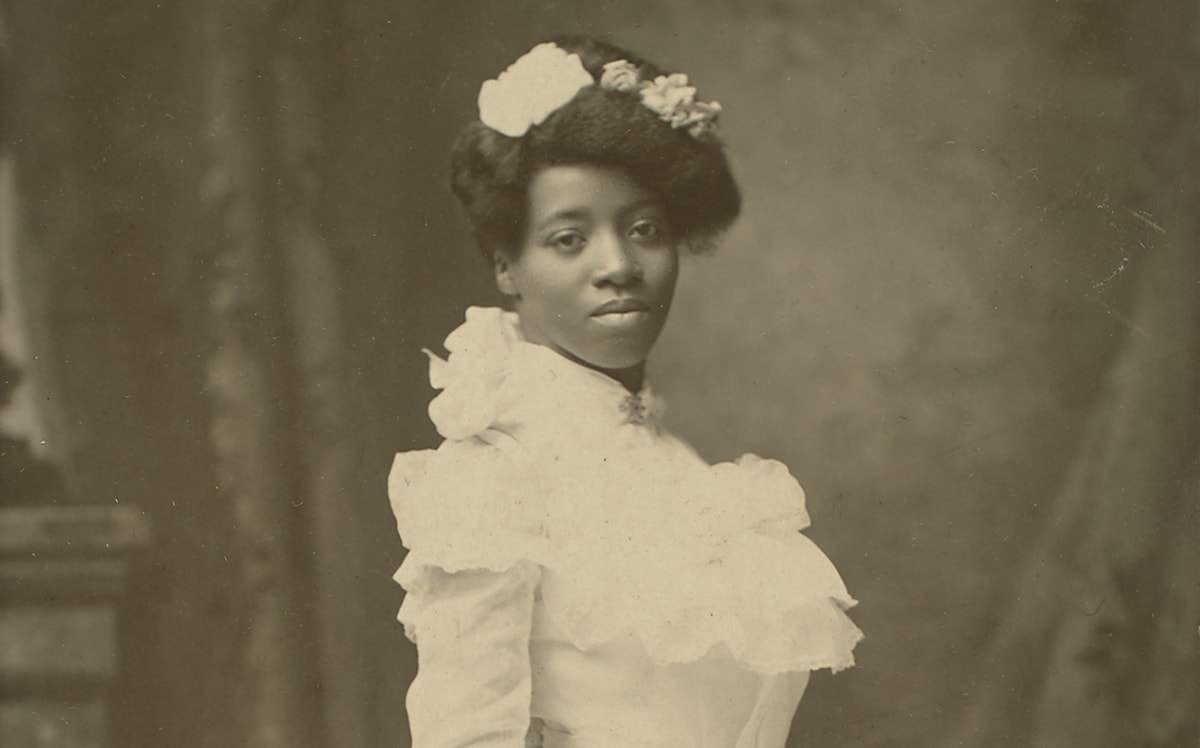
Payne Studio (American, active late 19th and early 20th centuries). Untitled (Graduate in White Dress with White Flowers), ca. 1900, Gelatin silver print; Portland Art Museum Purchase: Photography Acquisition Fund, 2015.121.2. “This photograph celebrates a significant educational achievement in this young woman’s life during an era when only about ten percent of all teenagers in the country graduated from high school,” Julia Dolan, Ph.D., The Minor White Curator of Photography, wrote in May. “Congratulations to the Class of 2020 from your friends at the Portland Art Museum; we honor your achievements and resilience!”
4.

Daily Art Moment: American Flag: “As we are seeing statues of racist historical figures being toppled in cities across the country, my thoughts jump over to the American flag,” wrote Sara Krajewski, The Robert and Mercedes Eichholz Curator of Modern and Contemporary Art. “A singular symbol of the idea and the ideals that the United States represents, it also speaks of our history of oppression and the constant fight to attain a reality that upholds democracy, freedom, equality, and justice for everyone.” Krajewski selected artworks in the Museum’s collections by Gordon Parks, Fritz Scholder, Deborah Faye Lawrence, Jasper Johns, and Corita Kent “to offer reflections on the experiences of conflict and hope wrapped up in this object.” Pictured: Gordon Parks (American, 1912–2006). American Gothic, Washington, D.C., 1942 (negative), printed later.Gelatin silver print; Collection of Portland Art Museum, Gift of Ashira and Richard Belsey, ST1999.2.1.
5.
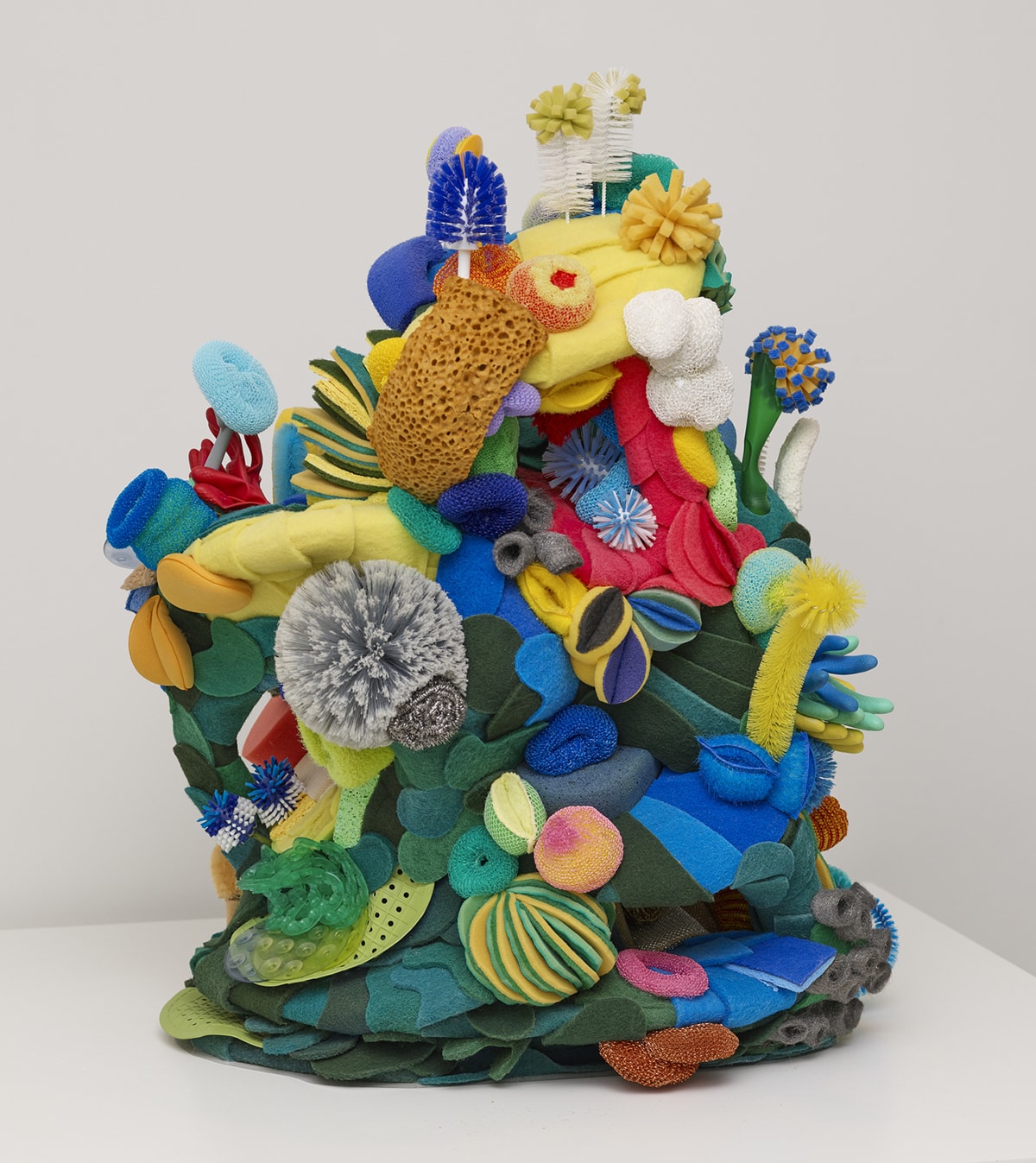
Lynn Aldrich (American, born 1944). Biophilia, 2007. Sponges, brushes, scrubbers, scouring pads, mop heads, plungers, plastic, plumbing parts, wood; Collection of Portland Art Museum, Gift of Jereann Chaney, 2018.20.1. © Lynn Aldrich. “Artist Lynn Aldrich describes this work as a ‘miniature explosion’ created to reflect the many diverse life forms of a coral reef. She bends, cuts, and links these ordinary, everyday cleaning tools, shaping them into representations of vibrant sea creatures,” wrote Modern and Contemporary Art curator Sara Krajewski. “Aldrich is drawn to these ‘worthless’ materials (as she describes them) and transforms them into a sharp statement on the need to clean up and repair the damage we have wrought on fragile ecosystems.”
6.
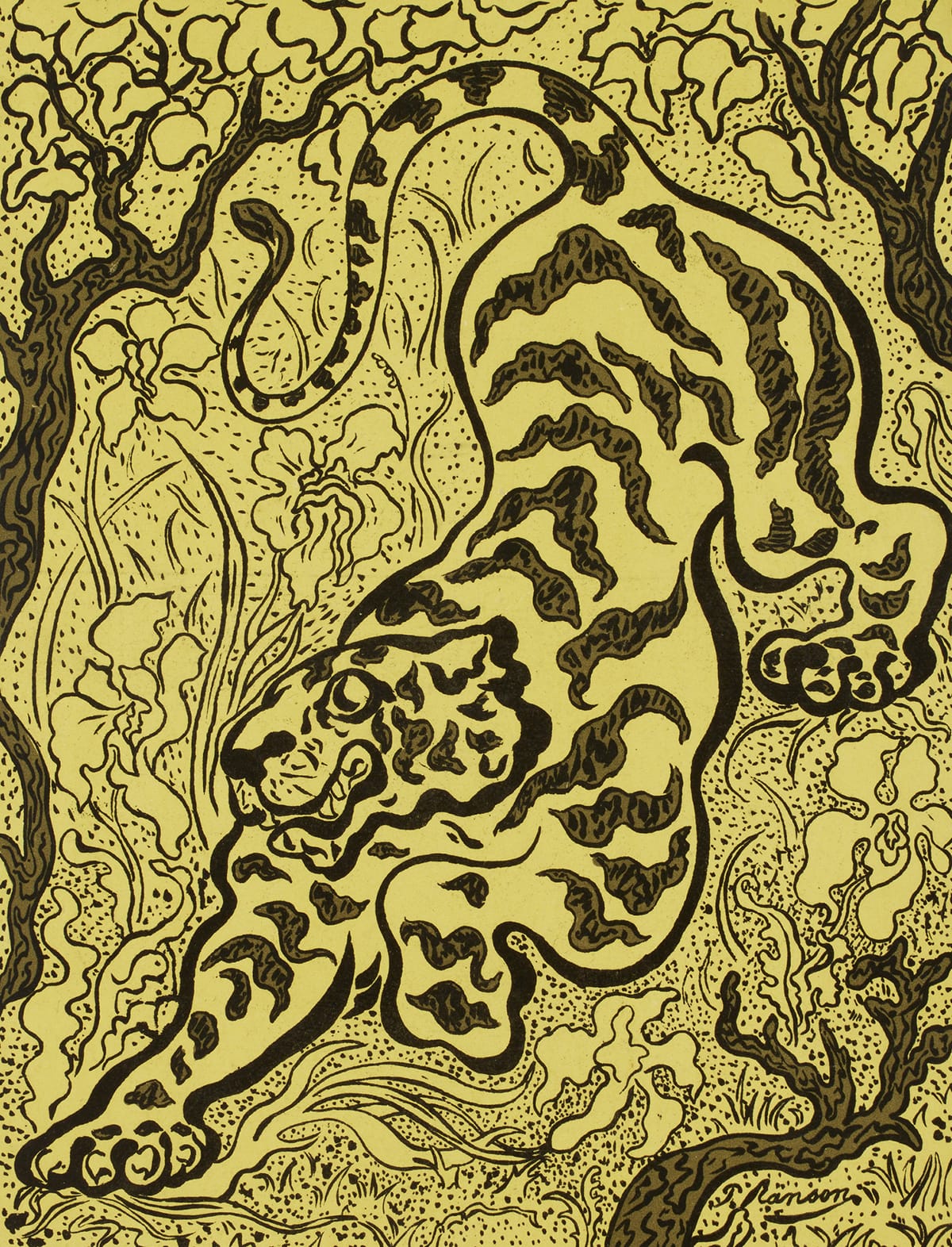
Paul Elie Ranson (French, 1862–1909), Tigre dans le jungle (Tiger in the Jungle), from L’Estampe originale (The Original Print), Album I, 1893, Color lithograph on cream simili-japon paper; Portland Art Museum Purchase: Funds provided by the Jean Y. Roth Memorial Fund, the Graphic Arts Council, and Pamela Berg, 2014.156. “As a curator, I carry around a huge mental image bank of art,” wrote Mary Weaver Chapin, Ph.D., Curator of Prints and Drawings. “This professional hazard means that just about everything reminds me of a print, drawing, or painting. So when my family joined the millions of others watching the controversial and bizarre miniseries Tiger King: Murder, Mayhem and Madness on Netflix, my thoughts turned to my favorite big cats in the Graphic Arts Collection at the Portland Art Museum,” including prints by Ranson, Evert van Muyden, Eugène Delacroix, and Beth Van Hoesen.
7.
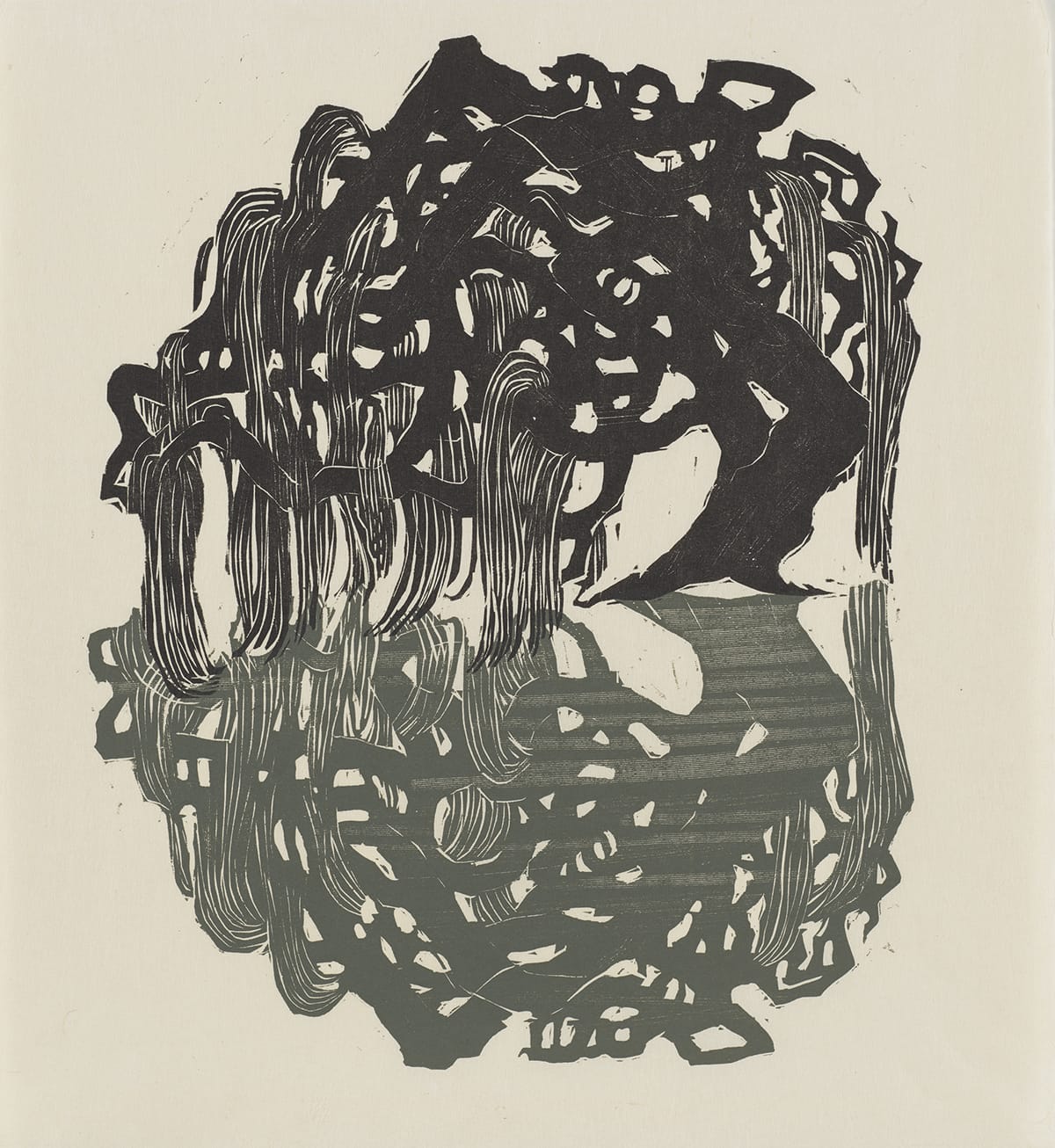
Matsubara Naoko (Japanese, active Canada, born 1937). Solitude, Decaying Beauty, Wind, Spring Visitor, Thoreau, Drop of Life, from the portfolio Solitude, 1971, Color woodcut prints on hōsho pure kōzo paper; Collection of Portland Art Museum, Gift of Marge Riley, 88.22.1,2,7,9,10,11 © 1971 Matsubara Naoko. In April, as the pandemic deepened, Japanese Art curator Dr. Jeannie Kenmotsu highlighted a woodcut print by Matsubara Naoko from a portfolio created at Walden Pond and titled after Henry David’s Thoreau’s 1854 essay “Solitude.” “In these expressive images, she captures the fleeting moments of daily life spent alone,” Dr. Kenmotsu wrote. “She also seems to understand both the sharpness and richness of genuine solitude. A willow weeping over its own watery reflection is simultaneously majestic and yet full of pathos. An empty chair is a poignant reminder of those whose absence we feel most keenly.”
8.
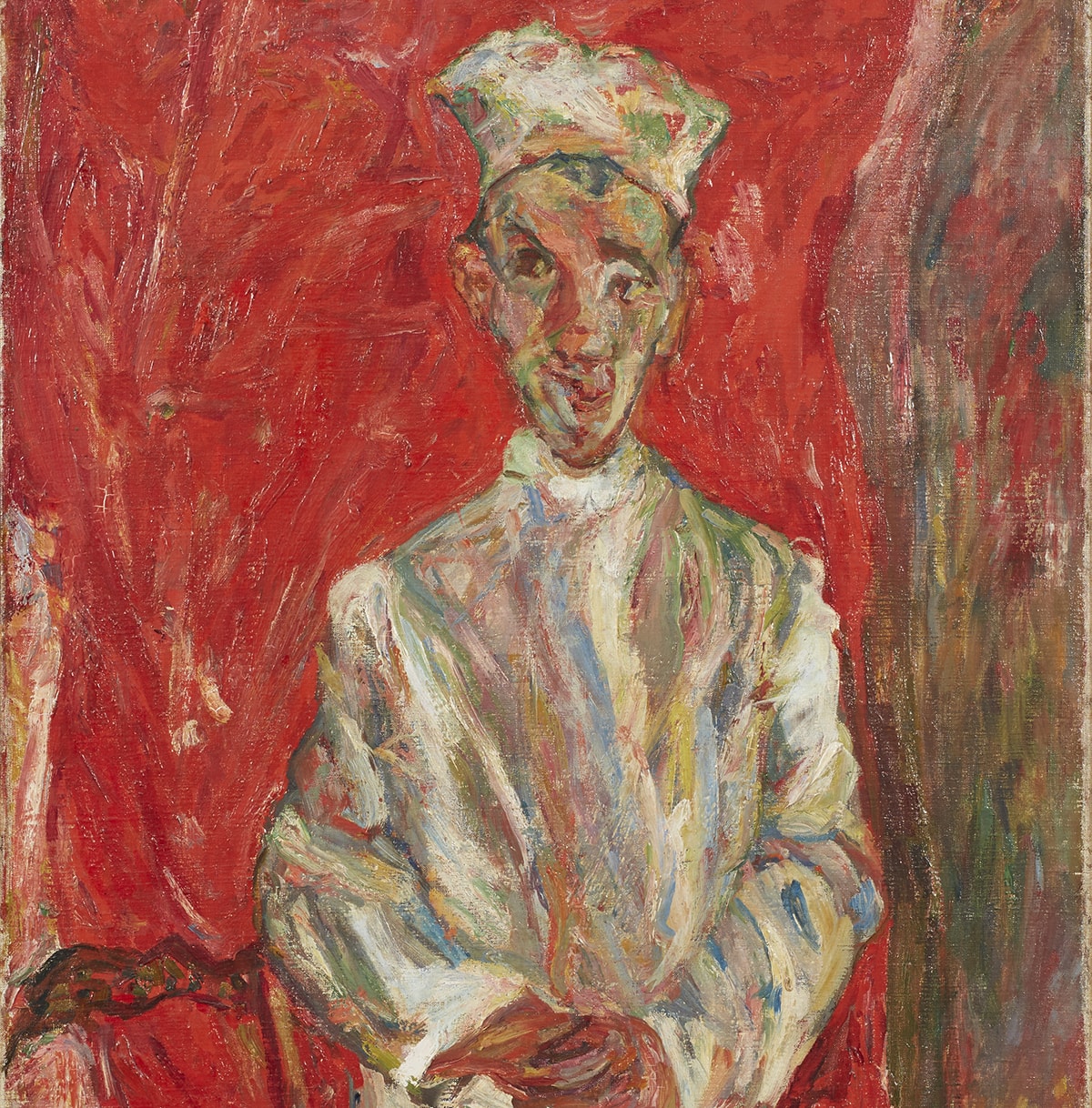
Chaïm Soutine (Russian, 1893–1943). Le Petit Pâtissier (The Little Pastry Cook), ca. 1921, Oil on canvas; Portland Art Museum Purchase: Ella M. Hirsch Fund, 40.30. “I adore this painting,” wrote Modern & Contemporary Art curator Sara Krajewski, echoing the sentiments of generations of enchanted Museum visitors. “Full of beautiful contradictions, it seems to stand outside of time while it remains so specific.” Krajewski quoted New Yorker art critic Peter Schjeldahl on Soutine’s magical mystery: “Let slide the weary art-historical narratives that lock Soutine into categories of style and sequences of influence. Only look.”
9.
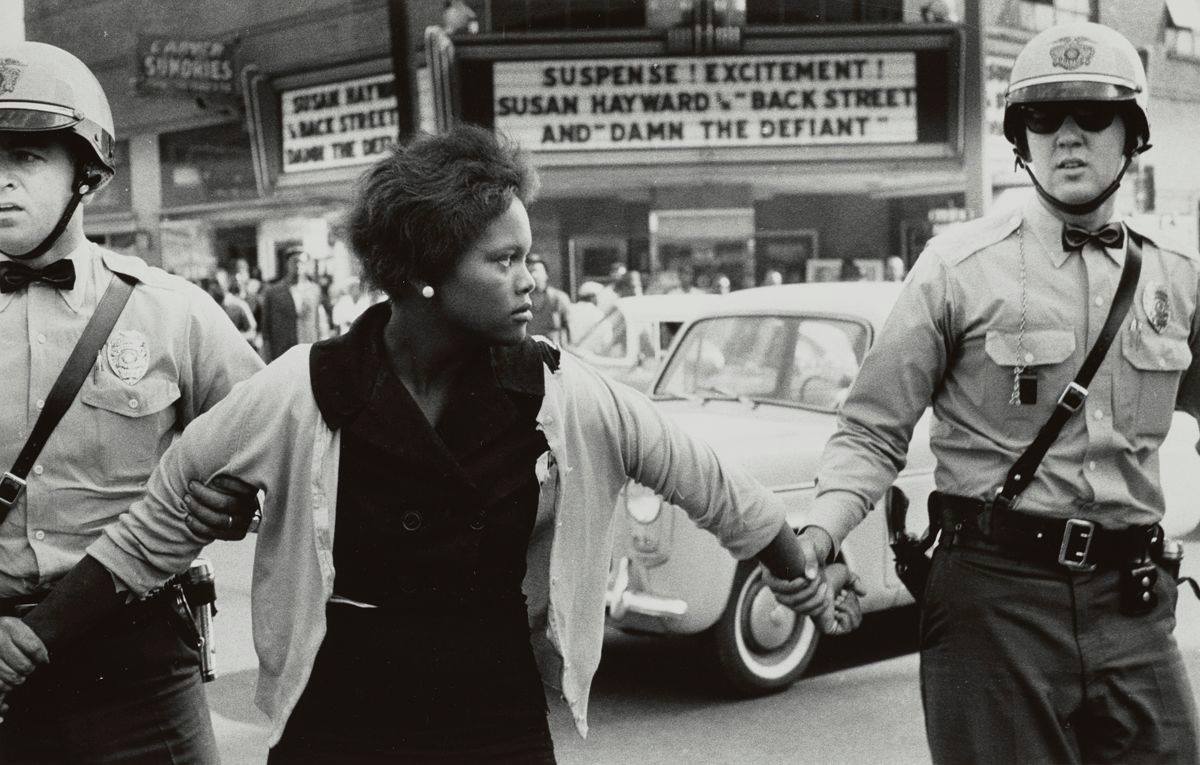
Bruce Davidson (American, born 1933). Birmingham, Alabama, 1963, Gelatin silver print; Collection of Portland Art Museum, Gift of an Anonymous Donor, 2018.75.326. © Bruce Davidson/Magnum Photos. In July, as federal troops entered Portland and began injuring and detaining protestors, Photography curator Dr. Julia Dolan discussed “the deeply important but dangerous and ethically complex work of photographing at protests,” highlighting Davidson’s image of high school student Mattie Howard’s arrest during Civil Rights–era protests. “It is critical to bear witness to the struggle for Black lives and record protests for the world to see,” she wrote, but with law enforcement now using advanced photographic technologies to identify and prosecute protestors, “how can photographers, or anyone present at protests using recording devices, ethically document these flashpoint moments in our city and country’s histories?”
10.
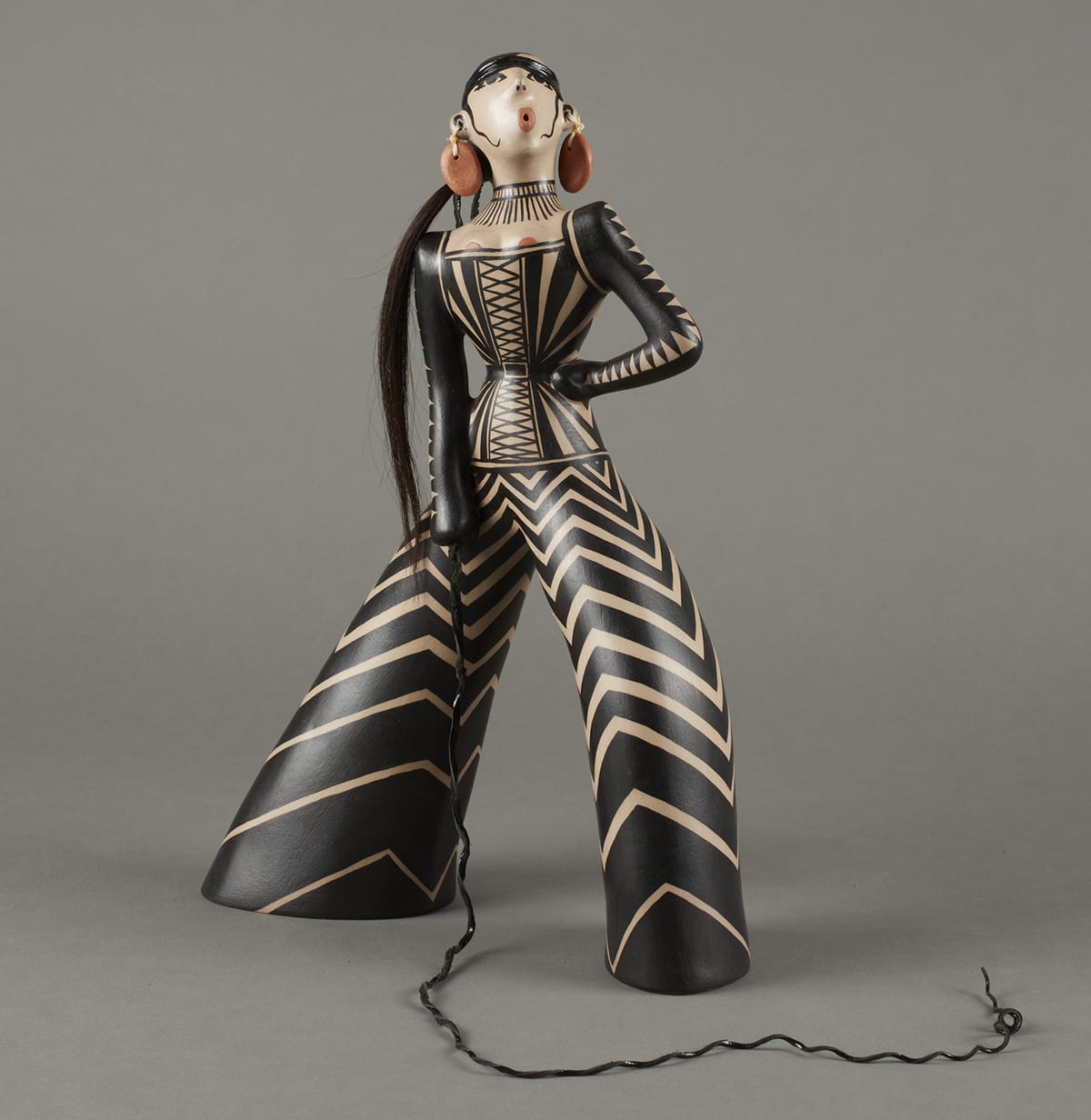
Virgil Ortiz (American and Cochiti, born 1969). Clay Figure, from “Tourniquet” Series, 2009, White clay slip, red clay slip, and black (wild spinach) paint on Cochiti red clay; Portland Art Museum Purchase: Funds provided by Elizabeth Cole Butler Auction Proceeds, 2015.49.1. “This figurine has somehow become my unofficial mascot since I started this position in 2019,” wrote Kathleen Ash-Milby, Curator of Native American Art. “She is an example of a powerful woman who is also beautiful and stylish. You might not even notice she is holding a whip! She reminds me to be brave and confident as I face many new responsibilities and challenges, but also to have fun.”


